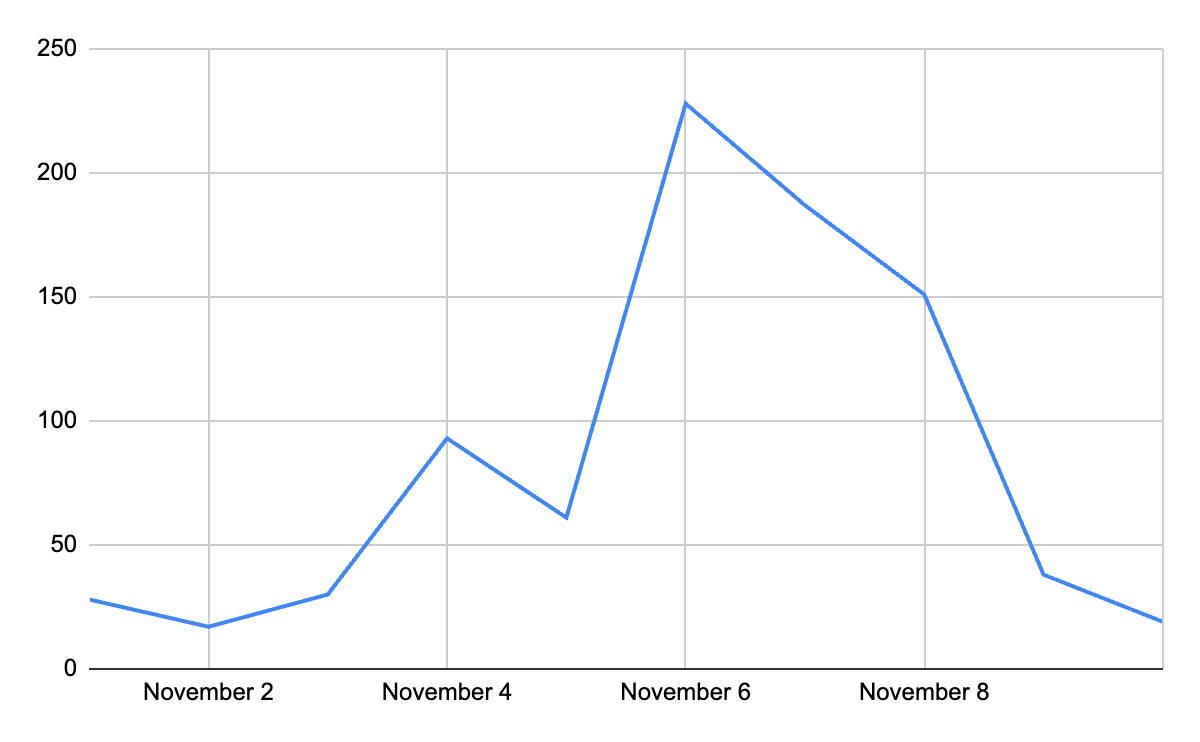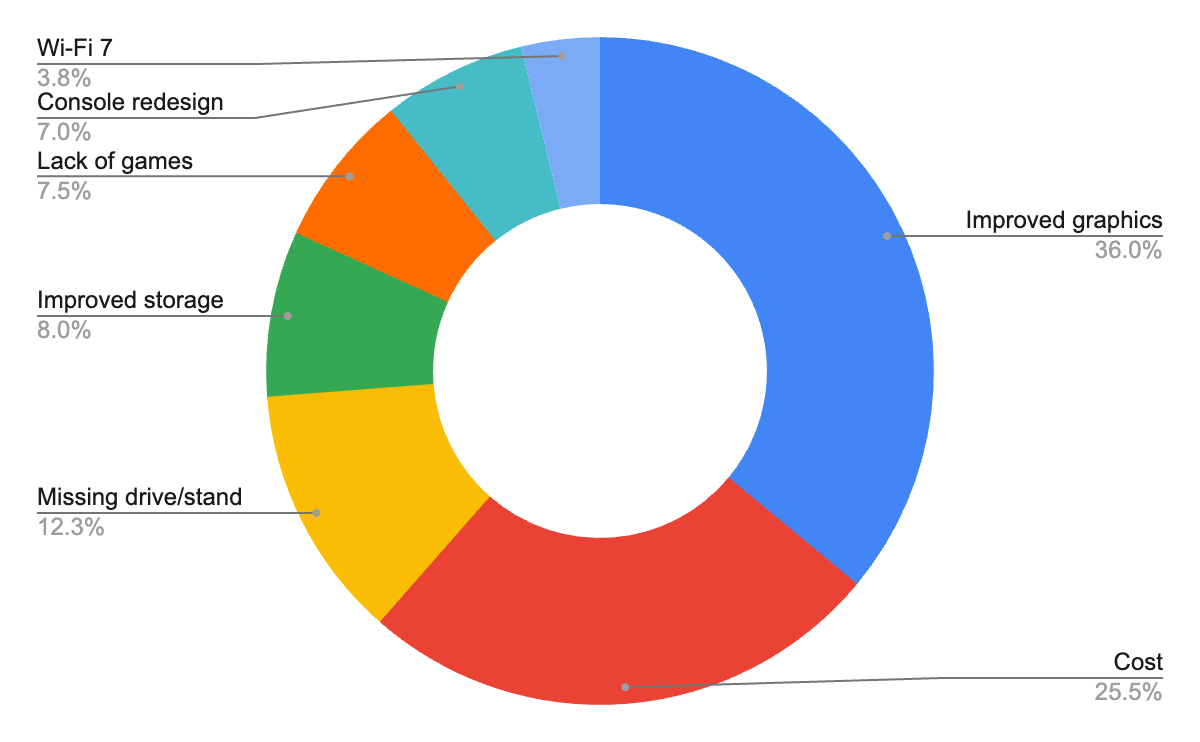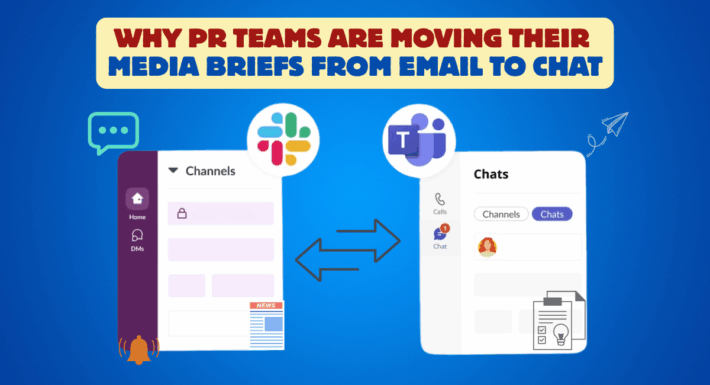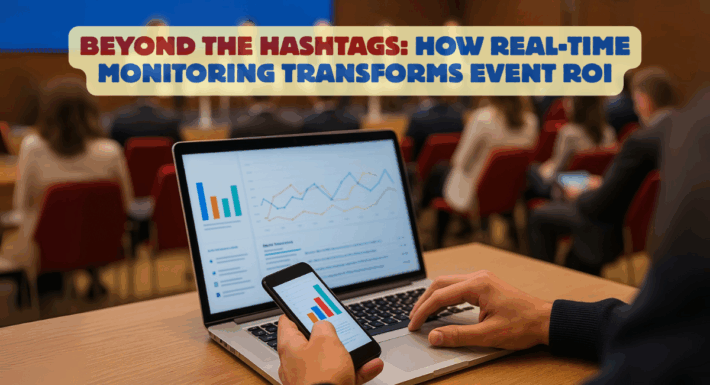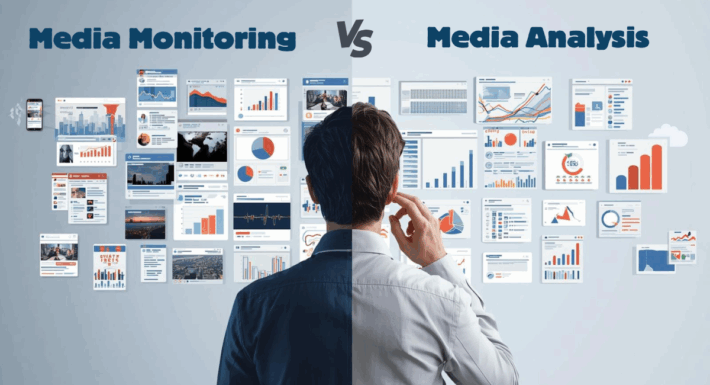PS5 Pro Launch Analysis: Slightly Improved Experience Overshadowed by High Cost, Missing Items
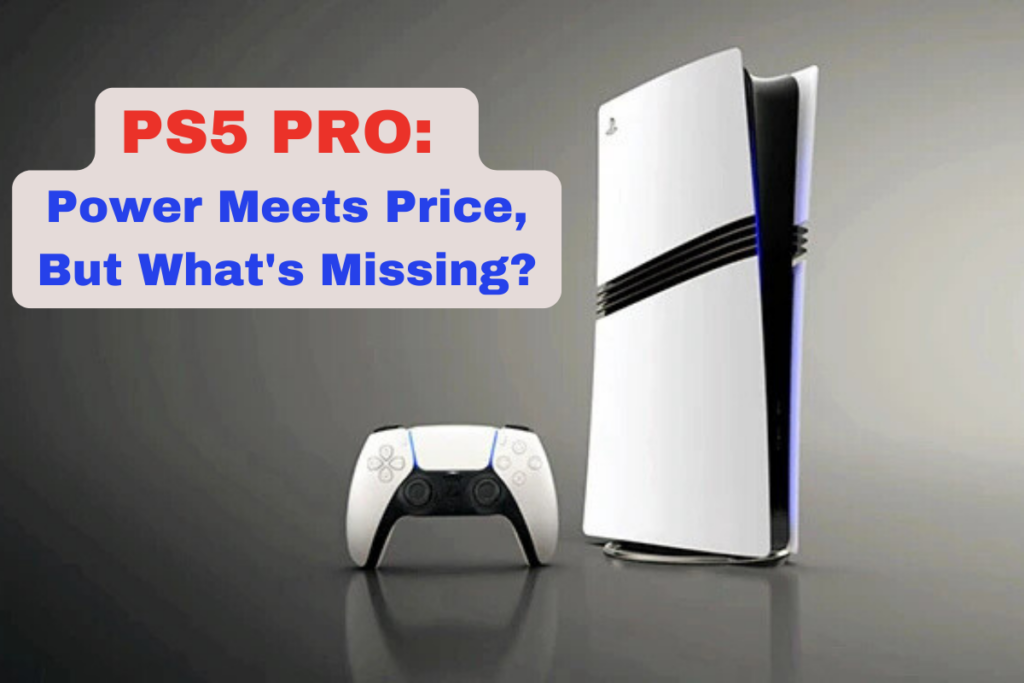
The PlayStation 5 Pro (PS5 Pro) debuted to considerable anticipation and hype earlier in November, with gamers and other fans eagerly awaiting the next iteration of the iconic console (which debuted back in 1994, by the way).
But while plenty of writers and reviewers were impressed by the console’s improved graphics, load times, and increased storage, an almost equal number were disappointed by several elements:
- The console’s expensive price tag (US$860, CAD$959.99, EUR 799.99)
- The lack of a disc drive or stand (must be purchased separately)
- The lack of enhanced games to pair with the console
We wanted to see just how much these issues affected online enthusiasm for the console. Online news coverage from Nov. 1 to Nov. 10 was analyzed in the Fullintel Hub media monitoring platform for sentiment and top issues. Overall, nearly 1,000 online news articles mentioning the launch were published in that time frame.
Let’s dive into what they had to say.
When Did Coverage Appear?
Coverage on the PS5 Pro launch initially spiked on the Monday of launch week (Nov. 4), then peaked the day prior to launch on Nov. 6 (launch date was Nov. 7).
Coverage the day before launch was primarily driven by a syndicated AFP story that appeared in dozens of local outlets, along with reviews by mainstream outlets such as Gizmodo, Mashable, and Rolling Stone.
Somewhat tellingly, however, was that a significant proportion of these articles contained negative sentiment.
- The Nov. 6 AFP story openly questioned the PS5 Pro’s price tag directly in the headline: “PlayStation 5 Pro Goes On Sale, Will Gamers Pay Hefty Price To Play?”
- The Rolling Stone article was headlined “Sony’s PlayStation Pro is an overpriced, superficial upgrade.”
- Mashable’s headline read “PS5 Pro reviews: Top 3 complaints about the new console.”
Not exactly ringing endorsements. And as we’ll see below, concerns over the high cost of the unit and other issues were some of the most commonly mentioned issues within PS5 Pro launch coverage throughout the monitoring period.
Sentiment
The PS5 Pro launch did not generate a critical mass of positive coverage. Indeed, the vast majority of coverage was either neutral or outright negative:
While many articles referenced positive elements of the launch, such as the console’s improved graphics and improved storage capabilities, a nearly equal number of articles also mentioned its high price (in most cases classifying the price as too high).
Other issues, such as the console’s lack of disc drive out of the box and a lack of enhanced games, also drove some negative coverage.
PS5 Pro Launch Issues: Improved Graphics and Cost Lead the Way
The most mentioned issue related to the PS5 Pro launch was the unit’s improved graphical experience: 4K gaming at 40 frames per second (fps) or 8K at 120fps, ray tracing (a method of graphics rendering), and the console’s Super Spectral Resolution (PSSR) AI upscaling capabilities.
Other positive coverage was driven by topics such as the console’s improved storage—it has 2 TB of internal storage, a significant increase from the original PS5’s 825 GB or the PS5 Slim’s 1 TB—the console’s slick new redesign, and its ability to accommodate Wi-Fi 7 and blazing fast 46Gbps data transfer speeds.
But an important nuance is that the improved graphics were often mentioned alongside the PS5 Pro’s negative elements: Its relatively high price tag, missing disc drive and stand, and lack of enhanced games.
- Even the graphics topic wasn’t all positive: A small number of articles (>2%) explicitly mentioned that the PS5 Pro’s improved graphics aren’t good enough to be worth the cost for gamers who sit more than 8-10 feet away from their display.
- Many reviewers indicated that the new console might be worth the money for consumers who don’t yet own a PS5, or for hard-core gamers willing to pay several hundred dollars for a small iterative improvement. But the general sentiment was that it’s not worth the high cost for casual gamers or those who already own a next-gen console.
“It could be three years or more before a PS6 ever appears,” says Scott Stein in CNET. “In the meantime, this is as ‘next gen’ as a PlayStation is likely to get for a while—even if it’s more like a boosted version of the current gen.”
How Has Coverage Translated to Sales?
Sony executives have told investors that the console’s high price hasn’t affected sales.
But the fact that PS5 Pro units were available to order at multiple retailers a few days following launch indicates less consumer excitement than for the original PS5, which dealt with major scarcity issues for years following its launch (fueled by unprecedented demand and a global chip shortage).
The console did, however, register above-expected sales in Japan in week one, moving 78,000 units during that time frame. And Sony said earlier in November that pre-orders for the console were “slightly stronger” than for the PS4 Pro.
The Verdict: A Mixed Bag Product Launch and Tempered Expectations
While the PS5 Pro launch wasn’t a disaster for Sony by any means, it certainly wasn’t an earth-shattering moment on par with the launch of the original PS5.
Excitement about the console’s new capabilities were seriously tempered by feelings of disappointment around the price, the lack of games, the lack of included accessories, and an iterative graphics improvement that was questioned as not worth the cost.
It will be interesting to compare the PS5 Pro experience with the upcoming launch of Nintendo’s new hardware, the Switch 2, which is expected sometime in 2025.

